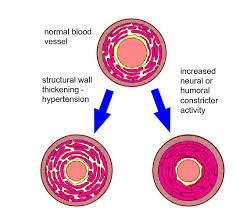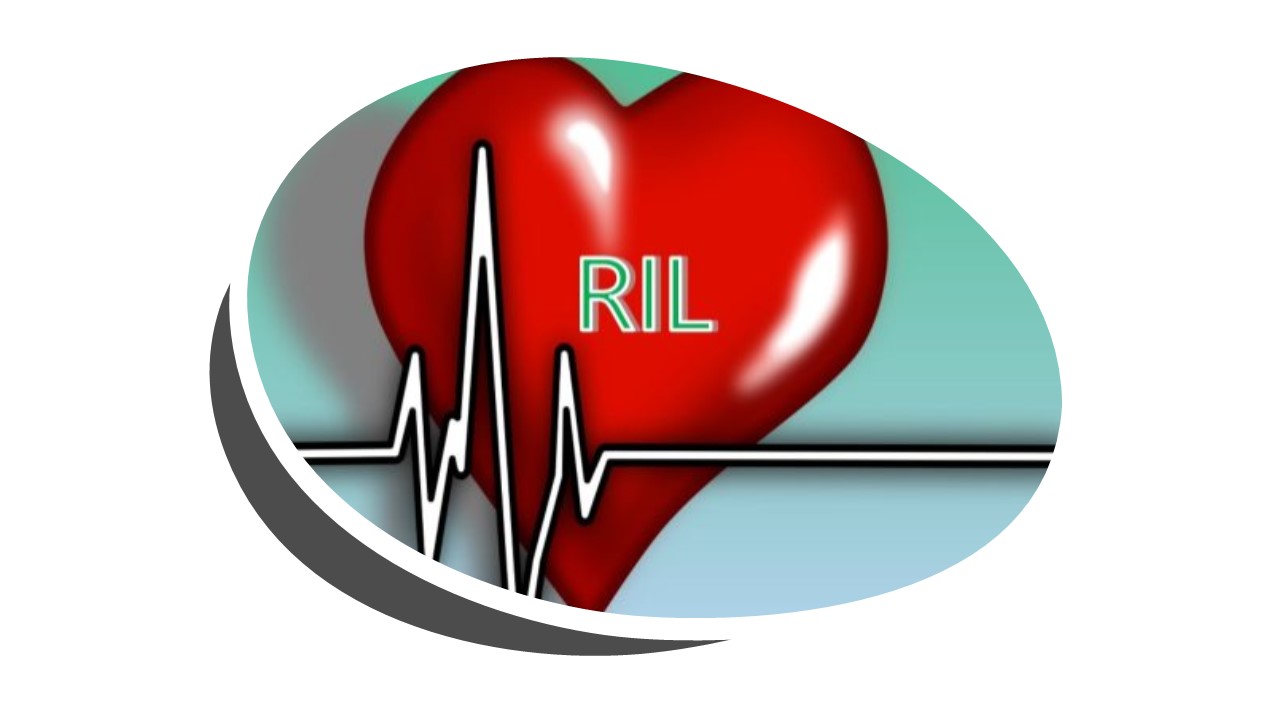
What is Blood Pressure?
Blood pressure is the force of blood against the walls of arteries. Blood pressure is recorded as two numbers; the systolic pressure is when the heart muscle contracts. The diastolic pressure is when the heart muscle is resting between beats and refilling with blood.
What is High Blood Pressure?
High blood pressure, also refer to as hypertension does not usually have symptoms hence, the biggest factor for stroke. High Blood Pressure is one of the most important preventable causes of premature morbidity and mortality in Nigeria and among the Black African origin in the UK.

. Stage 1 – hypertension Clinic blood pressure is 140/90 mmHg or higher and subsequent ambulatory blood pressure monitoring (ABPM) daytime average or home blood pressure monitoring (HBPM) average blood pressure is 135/85 mmHg or higher
. Stage 2 – hypertension Clinic blood pressure is 160/100 mmHg or higher and subsequent ABPM daytime average or HBPM average blood pressure is 150/95 mmHg or higher
. Severe – hypertension Clinic systolic blood pressure is 180 mmHg or higher or clinic diastolic blood pressure is 110 mmHg (NICE, Clinical Guideline 2011).
Blood Pressure varies throughout the day. It goes down when sitting quietly or asleep and goes up if you are stressed or rushing about. Hypertension develops when blood running through the arteries is constantly too high. You are usually diagnosed with high blood pressure if it is constantly higher than 140/90mmHg.
The term hypertension is used to describe blood pressure which is persistently raised above the normal. However, since blood pressure varies from person to person and from population to population it’s not always easy to say what normal is. In order to overcome this, figures for diastolic and systolic blood pressure are normally taken as diagnostic of hypertension and provide healthcare professionals with broad guidelines for its management and treatment. As many as 50% of patients with hypertension go undiagnosed and therefore receive no treatment. Of patients who are diagnosed only a small percentage are managed effectively.

Hypertension can be classified into two groups, Essential Hypertension and Secondary Hypertension.
Essential Hypertension
Essential hypertension has no single cause. There are a wide variety of factors which can work alone or in combination to cause the condition:
- Over activity of the sympathetic nervous system
- Increased peripheral resistance in blood vessels
- Genetic factors such as race
- Obesity
- Alcohol consumption
- Salt consumption
- Smoking
Secondary Hypertension
Secondary hypertension is hypertension which has underlying disease as its primary cause. These include:
- Renal disease
- Endocrine disorders such as Conn’s Syndrome and Cushing’s Syndrome
- Pre-eclampsia during pregnancy
- Drug therapy
What are the symptoms?
Hypertension is largely asymptomatic. Because patients don’t experience symptoms they don’t realise they’ve got it and therefore don’t seek treatment. The exception is ‘malignant hypertension’ (systolic > 200mm Hg diastolic >130mm Hg) which may present with headache and visual disturbances. This kind of hypertension is an emergency and requires urgent intervention. Untreated hypertension increases the risk of renal and retinal damage, stroke and heart failure.
Consequences of High Blood Pressure
- Increased risk of stroke
- Retina Haemorrhage
- Myocardial Infarction
- Angina due to atherosclerosis
- Heart Failure
- Renal damage
- Peripheral Vascular disease due to atherosclerosis
Effects on the kidney
Renal damage is a major consequence of hypertension, however renal disease itself can also contribute to the development of the condition. In renal dysfunction there is a decrease in renal blood flow. This leads to an increase in renin production within the kidney which in turn leads to increased production of aldosterone and angiotensin II. Angiotensin II increases the retention of sodium and water. It also causes vasoconstriction and increases peripheral resistance. Both cause hypertension.

What is heart failure?
Heart failure occurs when cardiac output is insufficient to meet the circulatory demands of the body. Over time the heart becomes enlarged and more spherical in shape. As disease progresses, patients become less and less able to carry out every day physical activities. Life expectancy is significantly reduced. Prognosis worsens with age with 60-70% mortality within 5 years in those over 80.
What causes it?
Heart failure has a number of causes. These include hypertension, ischaemic heart disease and lifestyle issues such as chronic alcohol misuse. It may also result from mechanical disorders of the heart such as valve disease.
What`s ischaemic heart disease and what causes it?
Ischaemic heart disease is an acute or chronic form of cardiac dysfunction in which the heart is unable to supply enough oxygenated blood to meet the body`s needs. The most common cause of ischaemic heart disease is the narrowing of blood vessels belonging to the coronary arterial system due to atherosclerosis. Blood vessels become narrowed and partially obstructed by fibrous fatty plaques known as atheromas, leading to the formation of lesions, and in some cases thrombi, ruptures and aneurysms.
What are the effects of ischaemic heart disease ?
The principle effects of ischaemic heart disease are angina pectoris, myocardial infarction and chronic congestive heart failure.
Angina pectoris
Angina is a term used to describe the pain caused by myocardial ischaemia, and is the most common symptom of ischaemic heart disease. It can be categorised into three types: stable angina, unstable angina and Prinzmetal angina.
Stable Angina
Stable angina is characterised by recurrent attacks of chest pain which may radiate to the left arm, jaw and epigastrium. Attacks usually last from 1 to 15 minutes. It often occurs as a result of physical exertion or emotional excitement and can be relieved by reducing physical activity or treatment with nitrates.
Unstable Angina
Unstable angina is a serious pattern of angina indicative of impending myocardial infarction. It can occur at any time, during activity, rest or sleep and is not necessarily a consequence of physical exertion. Pain attacks are more frequent and last longer, occurring over a 3 to 4-day period. Unstable angina requires urgent pharmcological or mechanical intervention.
Prinzmetal Angina.
This type of angina always occur at rest between the midnight and early in the morning. The pain from it is caused by a spasm in the coronary arteries a very painful attack.

